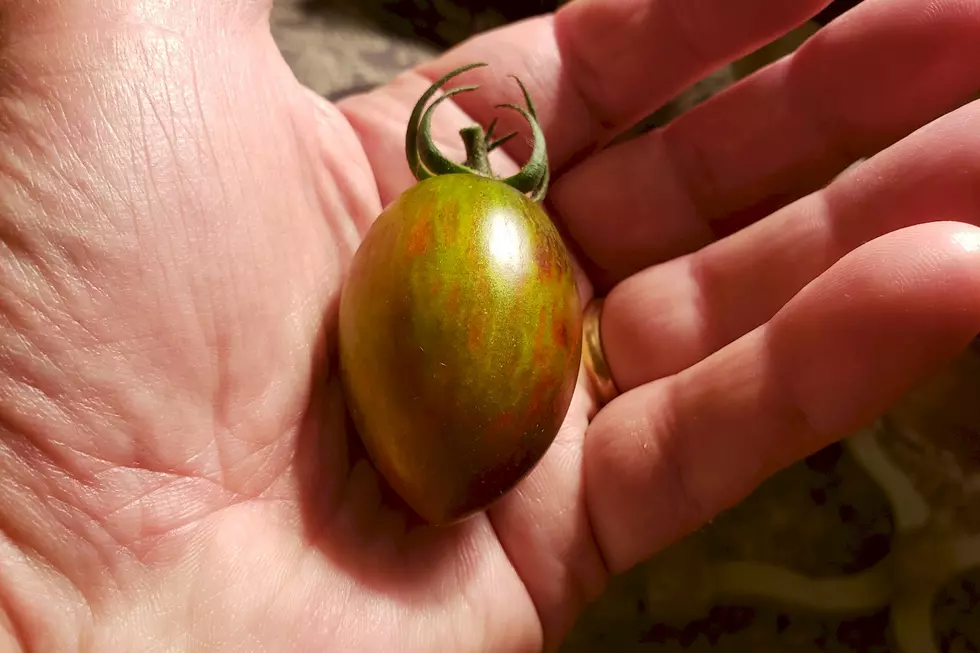
Garden Groove: Tilling Your Garden is a Lot Like Prepping for a Hockey Game
Getting in the Garden Groove with John Schroeder: The Zamboni Tilling Method
I used to get ready for the growing season each year by turning over my garden BY HAND. In late April, I’d take my round point shovel and over the course of three or four nights, I’d break apart the crusty soil from its winter sleep and get my fairly large garden ready for planting.
That was many years ago when I had a stronger back (and less horse sense.) Now I take a trip to see my buddies at the rental store and check out one of their 8-horsepower rear tine tillers to get the job done much more efficiently. There’s nothing like the feeling a gardener has after making two or three passes of their entire plot with a tiller and looking at that dark, rich and powdery soil that’s just sitting there begging to be planted.
Some thoughts on tilling your garden to get ready for the start of the growing season…
First off, in the fall I always throw grass clippings and some leaves into the garden. I spread them out pretty evenly, rustle them up a bit in the spring and try to get them as dried out as possible. When I till the garden, that brown matter helps to loosen the soil and add nutrients. (Cautionary note: If you use fertilizer with weed killer on your lawn you may want to refrain from adding the grass clippings. I usually do one yard fertilizer application a year -- a crab grass preventer in early spring. So I figure by the fall my grass has “leeched out” most of the bad stuff and I’m okay to incorporate clippings into the garden.)
But maybe the coolest thing I’ve learned about tilling is what I call the “zamboni method.”
The Zamboni Method
Do you watch much hockey? If you’re like me when you attend an SCSU Husky or high school hockey game you get mesmerized by watching the zamboni driver resurface the ice between periods of the game. Have you ever noticed the pattern that the driver takes as he or she carries out their task? They start by driving up one edge of the boards, turning and hugging the end boards for about half the width of the ice and then veering down the middle of the rink, creating a circle that is half as wide as the entire width of the ice surface. On the second pass they go a little further out along the boards than they did on their first run, and their trip down the middle goes one lane further away from that first middle pass. In effect, they just keep making the same size circle over and over again until they’ve completely traversed from one side of the rink to the other and the entire ice surface is wet and shiny, ready for the return of the players.
It seems like a basic concept on how one would also work a tiller, but a concept that took me a few years to grasp.
I used to start by doing a circle around the entire exterior edge of the garden and then continuing with smaller and smaller circles until I reached the middle of the garden and found it very difficult to maneuver. By employing the zamboni method I discovered a much easier way to get the garden ready for spring planting. And the best part is that “O Canada” always rings through my brain the whole time I’m bull-riding that tiller!
I like to till about a week before I plant to let the soil breathe a bit and to incorporate air that helps warm the soil temperature. I tend to plant certain seeds and other items pretty early (more on that next week.) But if the soil is too cool, nothing grows all that fast. Tilling helps accelerate the warming of the ground.
Next week: Cool your jets, planter boy
John Schroeder is a sales guy at Townsquare Media St. Cloud, but in his past life, he was an on-air personality specializing in sports. But what really turns his crank is getting out in his 28 x 15 foot vegetable garden several times a week nurturing, eventually harvesting (and sometimes sharing) homegrown food.

15 Headlines From Early 2020 That Feel Like They Happened Years Ago
More From AM 1240 WJON









